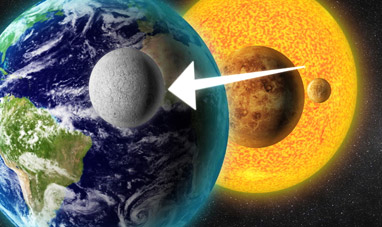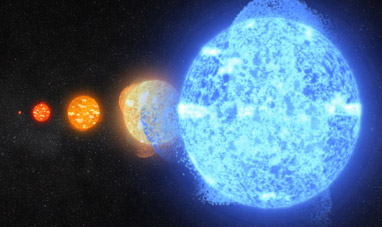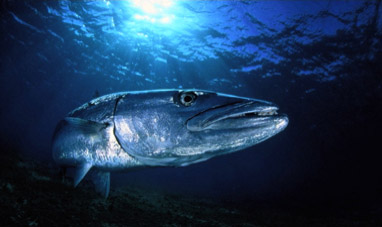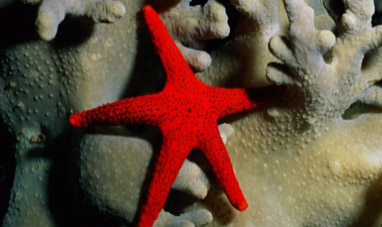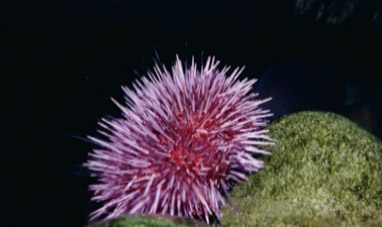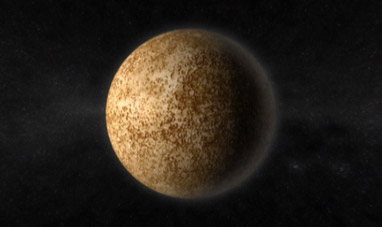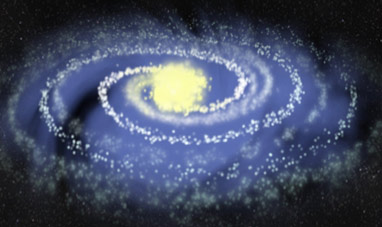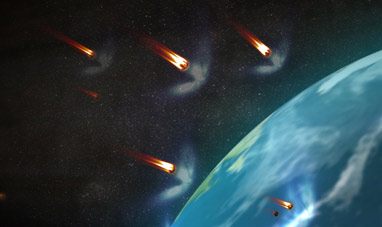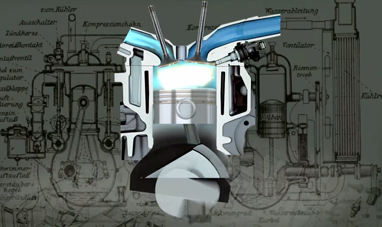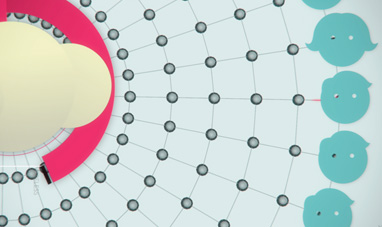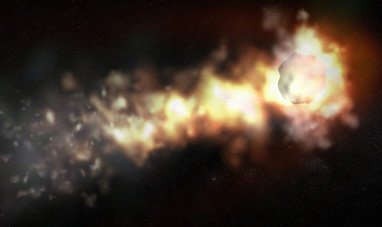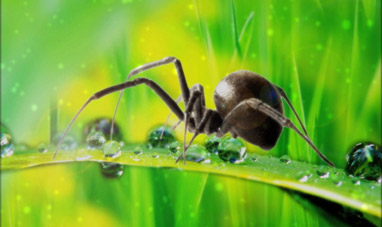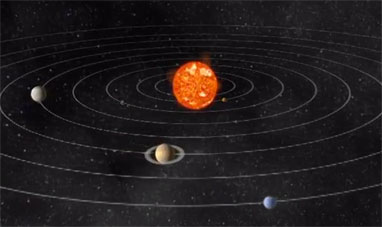Hydropower is a renewable energy source that creates electricity by harnessing the movement of water. The kinetic energy contained in a body of water in motion, or falling, is intercepted via the construction of dams and intake structures called penstocks along rivers and lakes. The flow of water is manipulated and fed into a turbine, the nervecenter of any hydroelectric plant. As the turbine churns it produces mechanical energy that is converted into electrical energy with the help of a generator.
Hydropower plants are divided into two categories: those that use flowing water and those that use accumulated water. Power plants located near rivers rely on the natural movement of water, while storage power plants take advantage of the falling water that collects into reservoirs.
Water is stored in the central feature of the catchment area. Pumped-storage hydroelectricty allows for water to be stored for use during periods when the demand for electricity increases. In contrast, hydroelectricty plants that harness river water can not store accumulated water. The efficiency of the plant depends on a considerable flow of water and its consistent speed. The electricity produced in hydroelectric power stations is transmitted through a high-voltage grid. Before electricity is distributed to users, the voltage is lowered to levels that are adequate for domestic use. The use of electricity is essential for most of man’s activities in the fields of agriculture, industry, the service industry and in the home. The most common power plants each produce about 7,000 megawatts of energy per year. Considering that the average single family consumes little more than 3 megawatts per year, a Hydroelectricty plant can cover the energy needs of about 2,300 households. Hydropower is the most important source of renewable energy in the world and accounts for 18% of electricity production worldwide. The rest of that demand is met by oil, natural gas, nuclear, coal and other renewable energy sources. The largest producers of hydroelectric power are the countries aligned with the international Organization for Economic Co-operation and Development and other emerging countries such as China, Asia and Latin America.
Traditional hydroelectric power plants have had a debilitating effect on the environment since the diversion of a stream or the damming of a river can affect the fauna and flora of the surrounding areas. In addition, the large size of hydroelectric plants can have a negative impact on the aesthetic qualities of the landscape. The research and innovations related to hydroelectric power are essential to the development and promotion of clean energy sources. Greater diffusion of these technologies would allow renewable energy sources to be more competitive in the market.
Hydropower plants are divided into two categories: those that use flowing water and those that use accumulated water. Power plants located near rivers rely on the natural movement of water, while storage power plants take advantage of the falling water that collects into reservoirs.
Water is stored in the central feature of the catchment area. Pumped-storage hydroelectricty allows for water to be stored for use during periods when the demand for electricity increases. In contrast, hydroelectricty plants that harness river water can not store accumulated water. The efficiency of the plant depends on a considerable flow of water and its consistent speed. The electricity produced in hydroelectric power stations is transmitted through a high-voltage grid. Before electricity is distributed to users, the voltage is lowered to levels that are adequate for domestic use. The use of electricity is essential for most of man’s activities in the fields of agriculture, industry, the service industry and in the home. The most common power plants each produce about 7,000 megawatts of energy per year. Considering that the average single family consumes little more than 3 megawatts per year, a Hydroelectricty plant can cover the energy needs of about 2,300 households. Hydropower is the most important source of renewable energy in the world and accounts for 18% of electricity production worldwide. The rest of that demand is met by oil, natural gas, nuclear, coal and other renewable energy sources. The largest producers of hydroelectric power are the countries aligned with the international Organization for Economic Co-operation and Development and other emerging countries such as China, Asia and Latin America.
Traditional hydroelectric power plants have had a debilitating effect on the environment since the diversion of a stream or the damming of a river can affect the fauna and flora of the surrounding areas. In addition, the large size of hydroelectric plants can have a negative impact on the aesthetic qualities of the landscape. The research and innovations related to hydroelectric power are essential to the development and promotion of clean energy sources. Greater diffusion of these technologies would allow renewable energy sources to be more competitive in the market.

